Growth of Emerging Markets
The growth of emerging markets is a critical driver for the Commodity Liner Market. As countries in Asia, Africa, and Latin America experience economic expansion, the demand for commodities rises correspondingly. This trend is evidenced by the World Bank's projections, which indicate that emerging economies will contribute significantly to global commodity consumption in the coming years. The increasing urbanization and industrialization in these regions necessitate efficient transportation solutions for raw materials. Consequently, the Commodity Liner Market stands to gain from the burgeoning demand for shipping services in these markets. The interplay between economic growth and commodity transportation needs is likely to create new opportunities for players in the industry.
Infrastructure Development
Infrastructure development serves as a pivotal driver for the Commodity Liner Market. Investments in ports, roads, and railways enhance the efficiency of commodity transportation. According to recent data, countries are allocating substantial budgets to upgrade their transportation infrastructure, with some regions reporting increases of over 20% in infrastructure spending. This development not only streamlines the logistics of moving commodities but also reduces transit times and costs. As infrastructure improves, the Commodity Liner Market is likely to benefit from increased shipping volumes and enhanced operational efficiencies. Consequently, the synergy between infrastructure advancements and the commodity liner sector is expected to foster growth and innovation in the industry.
Rising Demand for Bulk Commodities
The Commodity Liner Market experiences a notable increase in demand for bulk commodities, driven by the expansion of industries such as agriculture, mining, and energy. As economies develop, the need for efficient transportation of raw materials intensifies. For instance, the International Maritime Organization reports that the demand for bulk carriers is projected to grow by approximately 3% annually over the next five years. This trend indicates a robust market for commodity liners, as they play a crucial role in facilitating the movement of these essential goods. Furthermore, the rise in global trade activities contributes to the heightened demand for bulk shipping solutions, thereby reinforcing the significance of the Commodity Liner Market in the logistics and transportation sectors.
Technological Advancements in Shipping
Technological advancements are reshaping the Commodity Liner Market, introducing innovations that enhance operational efficiency and safety. The integration of automation, artificial intelligence, and data analytics is revolutionizing shipping practices. For instance, the adoption of smart shipping technologies is expected to reduce operational costs by up to 15% over the next few years. These advancements not only streamline logistics but also improve cargo tracking and management, thereby increasing customer satisfaction. As technology continues to evolve, the Commodity Liner Market is poised to leverage these innovations to optimize performance and respond to market demands more effectively. The potential for enhanced efficiency through technology could significantly impact the competitive landscape of the industry.
Regulatory Compliance and Environmental Standards
The Commodity Liner Market is increasingly influenced by regulatory compliance and environmental standards. Governments worldwide are implementing stricter regulations aimed at reducing emissions and promoting sustainable practices in shipping. For example, the International Maritime Organization has set ambitious targets for reducing greenhouse gas emissions from shipping by at least 50% by 2050. This regulatory landscape compels companies within the Commodity Liner Market to invest in cleaner technologies and more efficient vessels. As a result, the industry is likely to witness a shift towards eco-friendly shipping solutions, which may enhance competitiveness and appeal to environmentally conscious consumers. The alignment with regulatory frameworks could also open new market opportunities for innovative shipping solutions.



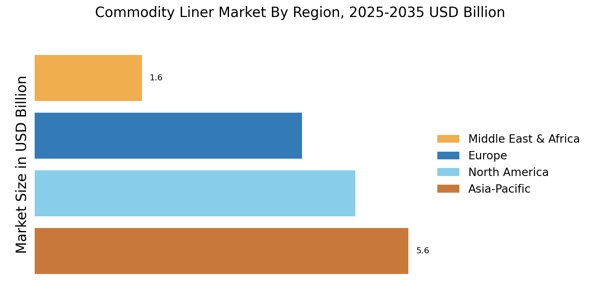
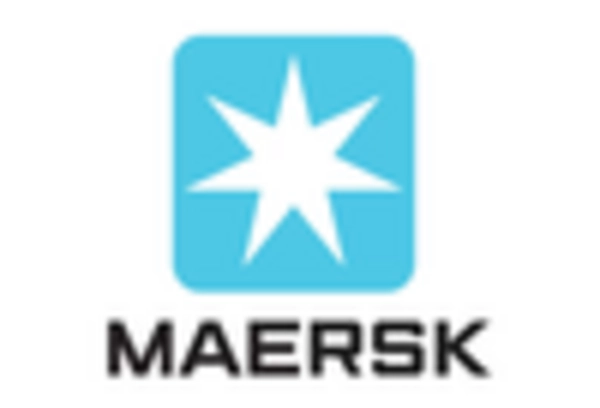
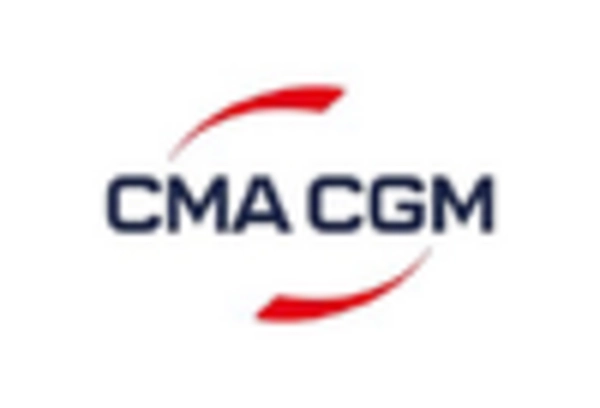
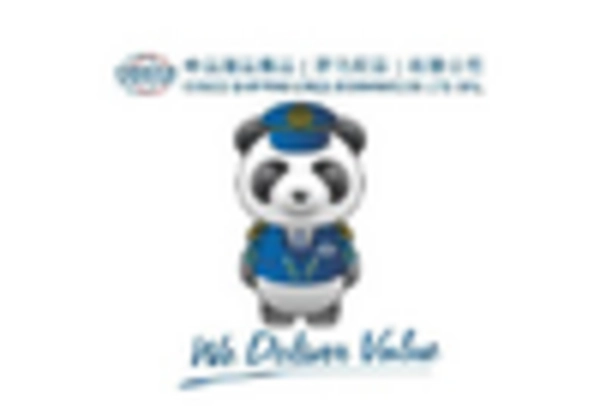
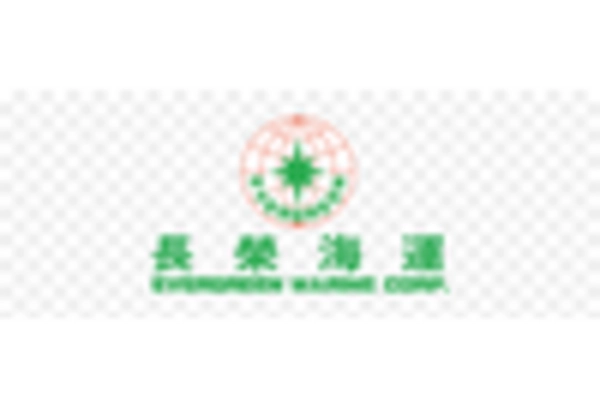
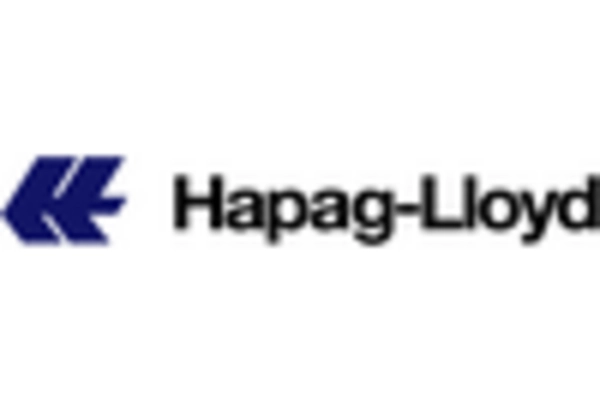
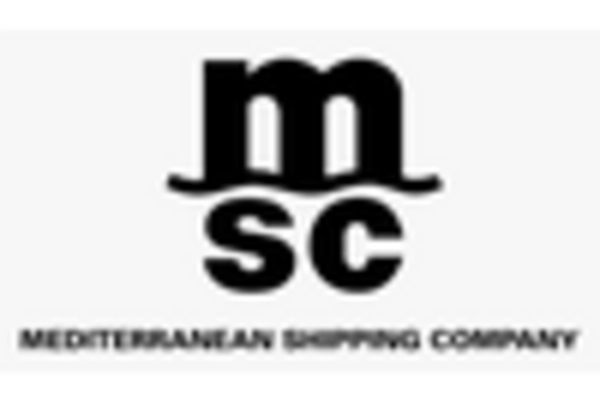








Leave a Comment